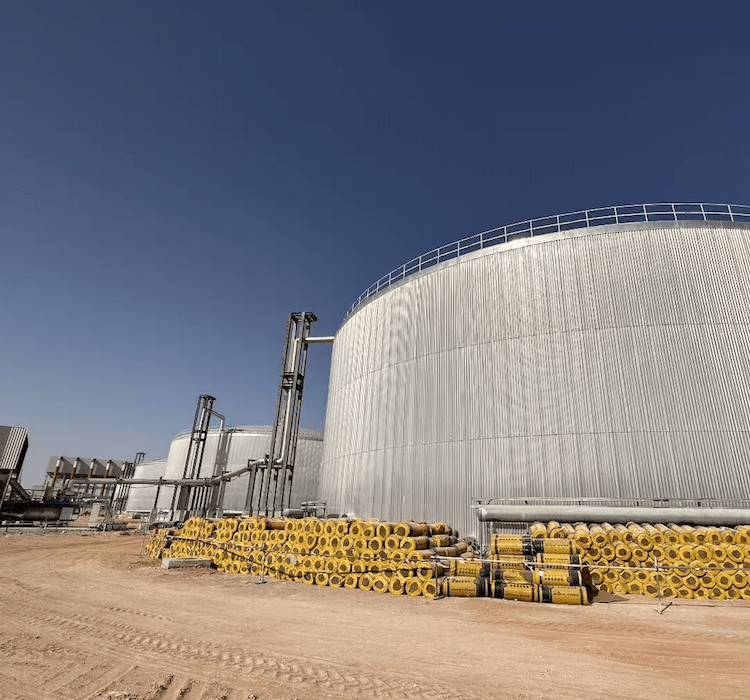
Abstract
Thermal energy storage (TES) by means of phase change materials (PCM) is of great concern to decrease heating and cooling loads. In building envelopes, one of the most efficient TES methods is integration of PCMs with construction materials for preventing temperature fluctuations by taking advantage of energy storage/release feature of PCMs. Aim of this research was to develop novel foam concretes containing shape-stable attapulgite (ATP) based composite PCM as TES material. Shape-stable ATP/Capric-Myristic acid eutectic mix composite (ATP/C-M) was incorporated into foam concrete at three different ratios (15, 30 and 45 wt%) and characterized. Impacts of ATP/C-M inclusion on physico-mechanic and TES characteristics of foam concretes including composite PCM (FCPCM) were worked systematically. DSC results showed that ATP/C-M composite melts at 22.12 °C with latent heat storage capacity of 74.97 J/g, whereas FCPCM-45 melts at 21.05 °C with latent heat storage ability of 10.98 J/g. Inclusion of ATP/C-M instead of silica sand decreased flow diameter of foam concretes. Compared to reference mixture FCPCM-0, compressive strengths of FCPCM-15, FCPCM-30 and FCPCM-45 samples were reduced in the range of 11–46% while reduction in flexural strength was found to be about 35–57% at 28th day. All FCPCM samples showed lower thermal conductivity values than the specified value and could be defined as better insulation materials. Solar thermoregulation performances of foam concretes containing ATP/C-M were comparatively tested in laboratory and also actual ambient conditions. Results showed that foam concretes with acceptable mechanical properties can be used for internal temperature controlling and energy saving in buildings.
Gencel, O., Ustaoglu, A., Benli, A., Hekimoğlu, G., Sarı, A., Erdogmus, E., Sutcu, M., Kaplan, G., & Yavuz Bayraktar, O. (2022). Investigation of physico-mechanical, thermal properties and solar thermoregulation performance of shape-stable attapulgite based composite phase change material in foam concrete. Solar Energy, 236, 51-62. https://doi.org/10.1016/j.solener.2022.02.042














































